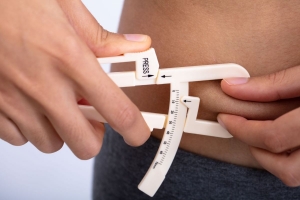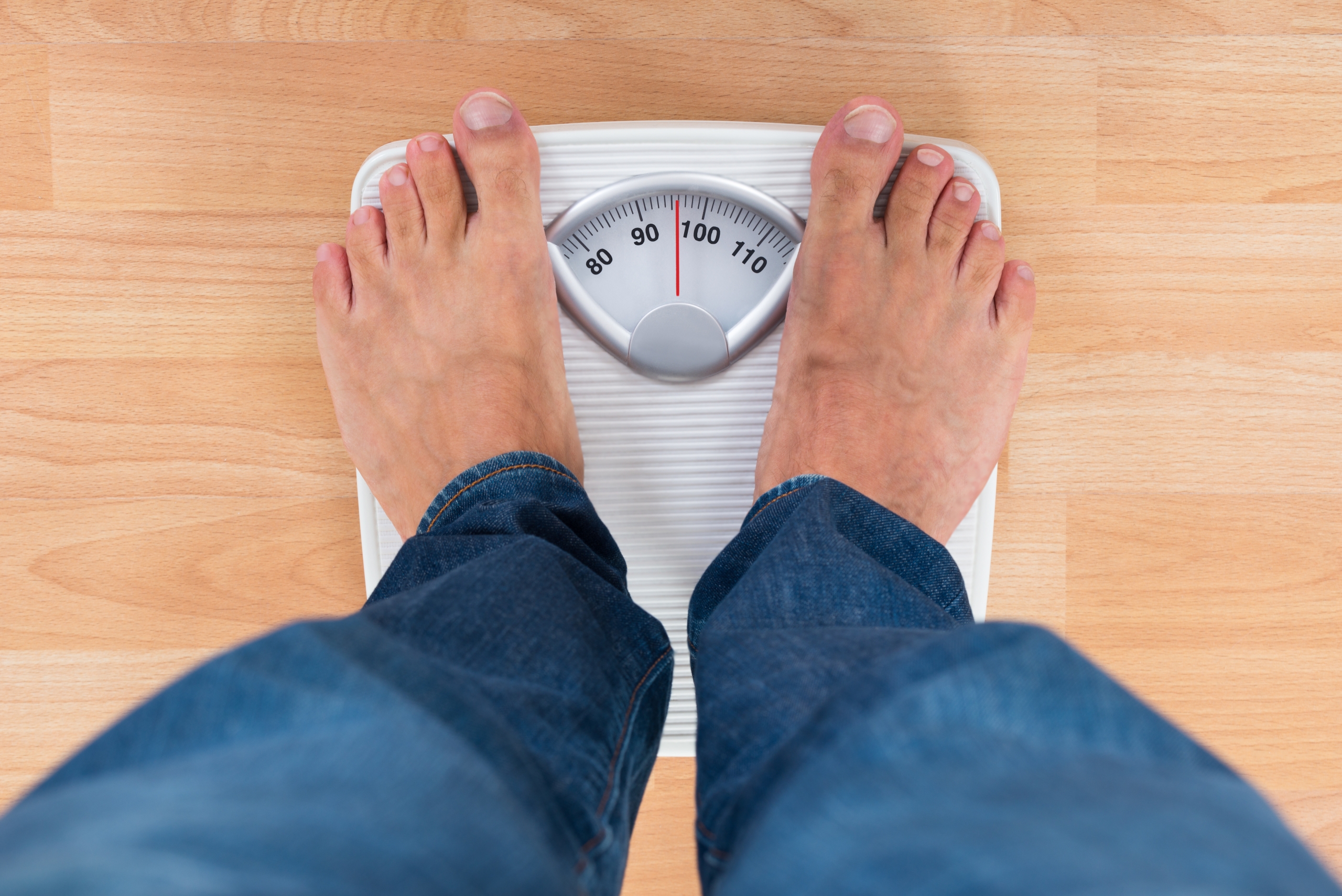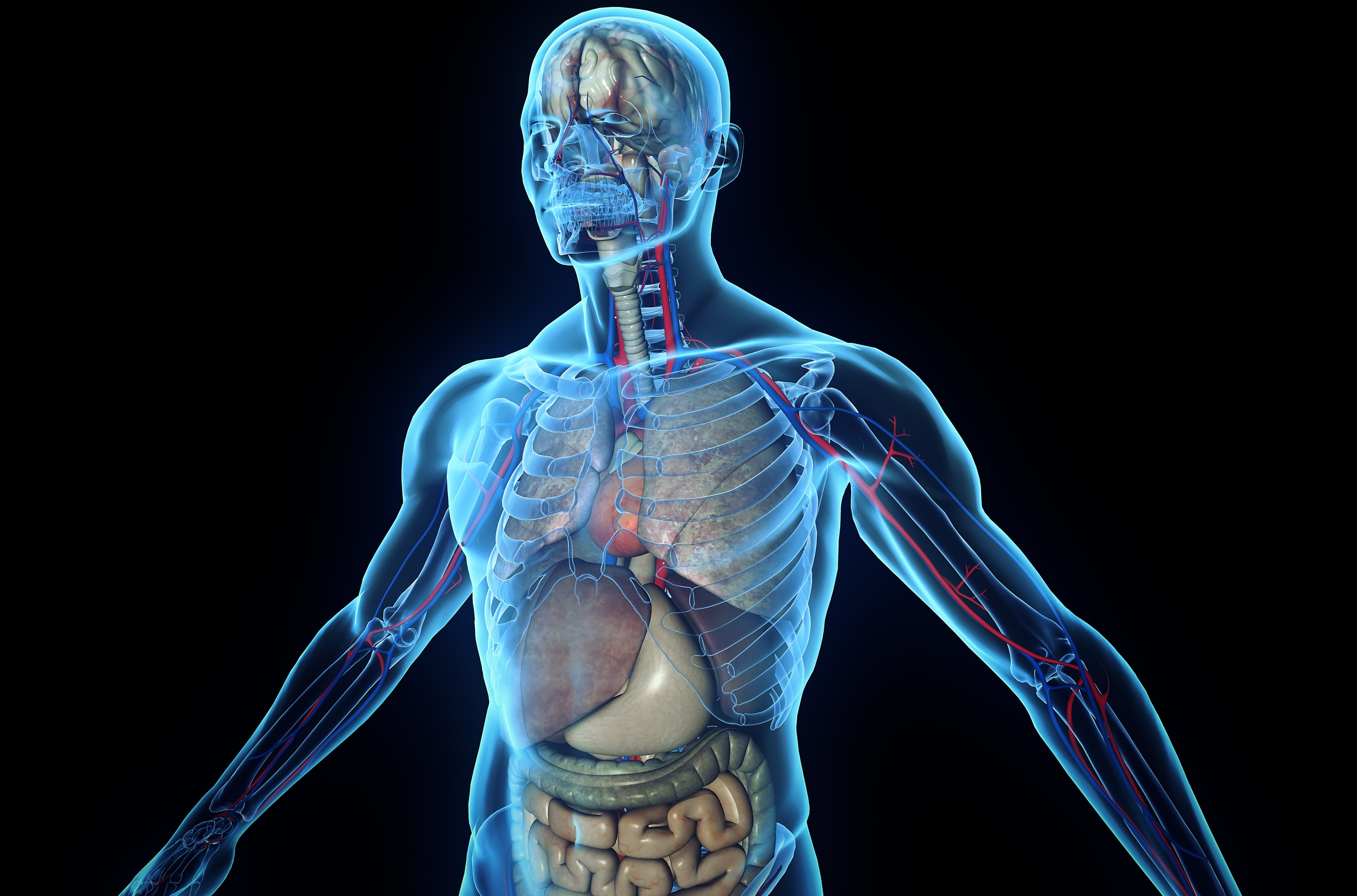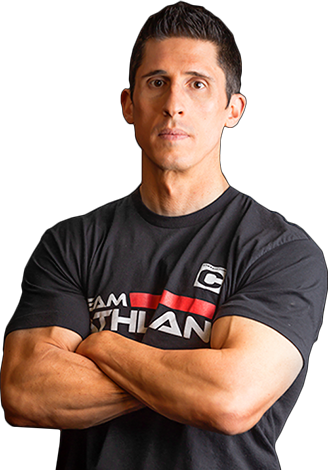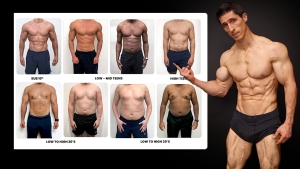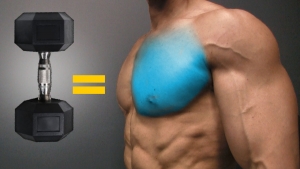The BMR calculator below will give you a good baseline of calories burned per day by your bodily functions excluding exercise and physical activity. You can then use this data and your calories burned during exercise to determine the number of calories you should consume per day to maintain your current weight, or adjust it based on your goal of gaining or losing weight.
Fill out the details in the BMR calculator below based on your current stats and activity level. Be as honest as possible about your actual activity level so that you get the most accurate results.
Based on your stats
2,679
Total Daily Energy Expenditure (TDEE)
1,786
Basal Metabolic Rate (BMR)
By activity level
HOW TO USE A BMR CALCULATOR
Most people know they need to eat fewer calories for weight loss or more calories for muscle gain, but here’s the catch: are you using the right numbers?
Whether you’re trying to lose weight, gain lean body mass, or maintain your body composition, your metabolic rate, specifically, your Basal Metabolic Rate (BMR), is the foundation.
The problem is, plenty of people rely on rough estimates, outdated equations, or no data at all, sabotaging their progress before they even start.
Even small inaccuracies in your caloric intake during intense exercise, moderate exercise, or daily activities can lead to periods of weight gain when you least expect it.
By understanding your body’s unique energy consumption through BMR formulas, you can create a precise daily energy expenditure plan tailored to your current weight and activity multiplier.
Using a calculator eliminates the guesswork, providing you with accurate estimates to guide your weight loss program or fitness routine.
It’s not just about numbers. It’s about results. Let’s break it down.
WHAT IS BMR? (AND WHY IT MATTERS)
Your Basal Metabolic Rate (BMR) is the number of calories your body burns just to stay alive.
In other words, it represents your body’s daily energy usage, and it does not include exercise or physical activity.
This energy powers your vital organs such as high-metabolic-rate organs like the liver. It also supports bodily functions including the digestion of food and blood circulation.
It is the foundation of your nutrition and fitness plan, driving every choice you make about food, activity, and recovery.
Ignoring it means leaving your progress to chance.
GUESSING DOESN’T WORK
Plenty of people guess their calorie needs and end up frustrated.
The Mifflin-St Jeor Equation, the original Harris-Benedict formula, and the Katch-McArdle equation give you precise numbers based on body size, body composition differences, and your level of activity.
These accurate equations account for factors like body fat, lean mass, and activity levels, offering far better results than relying on rough estimates.
Each equation has evolved from the earliest formulas to fit the needs of modern fitness, providing the most reliable way to calculate your actual energy requirements.
YOUR CHANGING BMR
Your BMR doesn’t just sit there; it changes with time, and periods of weight gain or loss over time.
Women, for example, experience shifts during pregnancy or with adjustments over time in their daily activities.
Athletic people with more lean mass require more caloric energy than the average person.
Even slight changes, like the impact of weight gain or a decrease during a healthy weight loss, can throw off your progress if you aren’t tracking it accurately.
WHY YOU NEED TO KNOW YOUR BMR
Without knowing your BMR, creating an energy deficit for a weight loss program or supporting sustained weight gain for muscle mass building becomes guesswork.
A weight loss calculator or BMR tool takes the guesswork out and helps you fine-tune your approach.
It considers everything from light exercise and moderate exercise to anaerobic exercises and elevated heart rate activity.
These tools adapt to your activity multiplier and daily energy consumption to deliver accurate estimates for your goals.
HOW IS BMR CALCULATED?
Your Basal Metabolic Rate (BMR) isn’t just a number you pull out of thin air.
Scientists have developed three major formulas to provide accurate results.
Each of these formulas builds on the earliest formulas, improving on pre-existing equations to address differences in body composition and the variance between people.
Let’s take a closer look at the three formulas for calculating BMR:
THE HARRIS-BENEDICT EQUATION
One of the earliest equations, the Harris-Benedict formula has been widely used for decades.
It considers age, weight, height, and gender to estimate your BMR.
While the original version provided a decent starting point, the revised Harris-Benedict Equation introduced updates to make it more accurate for modern populations.
For Men:
- BMR = 88.362 + (13.397 × Weight in kg) + (4.799 × Height in cm) − (5.677 × Age in years)
For Women:
- BMR = 447.593 + (9.247 × Weight in kg) + (3.098 × Height in cm) − (4.330 × Age in years)
The Harris-Benedict formula works well for estimating the required calorie supply for your body’s energy at rest, making it useful for periods of weight maintenance and tracking changes over time.
THE MIFFLIN-ST JEOR FORMULA
The Mifflin-St Jeor formula is considered the gold standard for BMR calculations.
It replaced the Harris-Benedict formula for its improved accuracy and simplicity.
This formula uses linear equations to deliver reliable results based on current data.
For Men:
- BMR = 10 × Weight in kg + 6.25 × Height in cm − 5 × Age in years + 5
For Women:
- BMR = 10 × Weight in kg + 6.25 × Height in cm − 5 × Age in years − 161
This formula takes into account differences in body composition between men and women.
It provides more accurate estimates, especially for larger women or those with varying amounts of weight in lean mass and fat tissue.
It is also widely used in weight loss calculators and fitness trackers.
THE KATCH-MCARDLE EQUATION
The Katch-McArdle equation is unique because it focuses on lean body mass rather than total body mass.
This makes it highly accurate for athletic people or those with lower body fat percentages.
It requires knowing your body fat percentage, which might be challenging for the average person to determine without specialized tools.
Formula:
- BMR = 370 + (21.6 × Lean Body Mass in kg)
Lean body mass includes your muscle tissues, bones, and organs, excluding fat.
This method highlights how differences in body composition can significantly influence your energy requirements.
HOW TO USE THESE FORMULAS
Each formula provides a decent ballpark estimate of your calorie needs at rest.
By plugging in your weight, height, age, and, in some cases, body fat percentage, you can calculate your BMR.
This number reflects the energy your body uses to sustain essential functions like breathing, circulating blood, and maintaining your homeostatic body temperature.
For pregnant women, larger individuals, or those experiencing loss of body mass, the right formula can adapt to their unique needs.
Tools like BMR calculators simplify this process, ensuring the formula accounts for periods of weight maintenance and changing energy levels over time.
Instead of relying on rigid formulas, these calculations help you better understand your physical activity and daily caloric requirements.
WHICH FORMULA IS BEST?
The choice depends on your specific situation.
The Mifflin-St Jeor formula is ideal for most people, offering a balance of accuracy and simplicity.
The revised Harris-Benedict Equation is still a strong option, especially if you’re looking at changes over time.
For those with access to body measurements for fat mass, the Katch-McArdle equation delivers unparalleled precision by focusing on lean mass.
Understanding your BMR is the first step to taking control of your energy consumption and supporting your body’s natural processes.
By using these tools, you can sustain your current energy needs and build a solid foundation for any fitness plan or larger weight loss plan.
HOW TO USE A BMR CALCULATOR FOR YOUR GOALS
A BMR calculator is more than just a calorie calculator or a tool for generating numbers.
It is a roadmap to controlling the energy consumption of the human body and tailoring nutrition to meet fitness goals.
By understanding how many calories your body burns at rest and factoring in daily exercise, you can adjust your intake for weight loss, muscle gain, or maintenance.
HOW TO USE A BMR CALCULATOR FOR WEIGHT LOSS
To lose weight, you need to consume fewer calories than your body burns, creating an energy deficit.
Start with your BMR, calculated using the separate equations from the Mifflin-St Jeor formula or the revised Harris-Benedict equation.
Then factor in your daily exercise and activity level to determine your total daily energy expenditure.
From this number, subtract a moderate calorie amount to ensure sustainable progress such as 200 calories per day.
The impact of weight loss affects more than just the scale.
As the body loses fat and lean tissue, your calorie needs will shift.
Regularly recalculating your BMR allows you to adjust your intake during each phase of your journey.
Think of it as piecing together the puzzle of weight loss with precision.
HOW TO USE A BMR CALCULATOR FOR MUSCLE GAIN
Building muscle requires a calorie surplus, but going too far can lead to unnecessary fat gain.
Use your BMR as the baseline, and then add calories strategically to fuel your training sessions and recovery.
This surplus should support muscle growth while keeping fat gain under control.
Again, start with something like an extra 200 calories per day, focusing primarily on protein.
Understanding your BMR helps you pinpoint how much energy your body needs to sustain its internal organs and build new tissue.
By aligning your intake with your journal of exercise and tracking progress, you can achieve a lean, muscular physique without overcomplicating the process.
HOW TO USE A BMR CALCULATOR FOR MAINTENANCE
Maintenance is all about balance.
Knowing your BMR allows you to match your intake to your expenditure of energy, keeping your weight stable.
This is especially important for women, as hormonal shifts and lifestyle changes can affect calorie needs.
Adjust your intake based on estimates for people with similar activity levels and body compositions.
Consistency means more than just eating the right amount.
Your body thrives when you provide the energy it needs to sustain its internal organs and fuel your daily exercise.
Recalculate your BMR periodically to account for changes in age, activity, or weight to stay aligned with your goals.
BMR VS. TDEE: WHAT’S THE DIFFERENCE?
If you think your Basal Metabolism Rate (BMR) is all you need to hit your fitness goals, think again.
BMR is just the baseline or the calories your body burns at rest to keep you alive.
To get the full picture of your energy needs, you need to understand Total Daily Energy Expenditure (TDEE).
This is where your activity levels come into play, transforming your BMR into a more actionable number.
WHAT IS TDEE?
TDEE is your BMR plus the calories burned through daily exercise, movement, and general activity levels.
In simple terms, your TDEE reflects the total energy your human body needs in a day to fuel your internal organs, maintain your homeostatic body temperature, and power everything from walking to intense workouts.
Think of TDEE as a step up from BMR, calculated using a series of equations that account for how active you are.
For example, someone who spends most of the day sitting at a desk will have a lower TDEE than someone who hits the gym daily or engages in labor-intensive work.
This makes TDEE a dynamic and customizable number that adapts to your lifestyle.
HOW TO ADJUST CALORIE GOALS BASED ON ACTIVITY LEVELS
Once you have your BMR, multiply it by an activity factor to estimate your TDEE.
These activity multipliers range from sedentary to very active and help fine-tune your calorie needs. Here’s how it breaks down:
- Sedentary (little to no exercise): BMR × 1.2
- Lightly active (light exercise a few times a week): BMR × 1.375
- Moderately active (moderate exercise most days): BMR × 1.55
- Very active (intense exercise or physical job): BMR × 1.725
- Extremely active (hard exercise or labor-intensive work daily): BMR × 1.9
Adjusting for your activity levels is key, especially for a day for women or men who have varying schedules.
Your goal should align with your TDEE to maintain energy balance or create a surplus or deficit based on your objectives.
TDEE helps you set realistic calorie goals by factoring in both rest and activity.
Calculating it regularly ensures your nutrition matches your lifestyle, keeping you on track for success.
It is not just about equations; it is about making those numbers work for you.
BMR is not a static number. It evolves with changes in your body mass, shifts in body fat, and differences in activity factor.
Skipping this essential step in your fitness plan sets you up for failure.
By learning about your BMR and understanding your body, you can maximize results.
Stop leaving progress to chance. It is time to build a plan backed by science.
Don’t have a fully fleshed out nutrition and fitness program that can help you achieve the weight loss or weight gain you’re after? We can help! Check out our ATHLEAN-X programs to see which is the best fit for your goals and fitness level.

- BMR represents the calories your body burns at rest to power vital functions like breathing, circulation, and maintaining internal organs.
- Total Daily Energy Expenditure (TDEE) combines your BMR with calories burned from daily exercise and activity levels, offering a complete picture of energy needs.
- Factors like age, weight, body composition, and activity levels influence your BMR, making regular recalculations essential.
- There are three major BMR formulas: Harris-Benedict Equation is a classic method adjusted for modern accuracy. Mifflin-St Jeor Formula is the gold standard for most people. Katch-McArdle formula focuses on lean body mass for precise results.
- Multiplying your BMR by an activity factor tailors calorie needs for sedentary to extremely active lifestyles.
- Use your TDEE to match calorie intake to expenditure, keeping weight stable while supporting energy levels.
- Creating a deficit or surplus starts with knowing your BMR and TDEE for precise calorie control.
- BMR calculators simplify the process, eliminating guesswork and providing reliable estimates.
- Differences in body composition, gender, and activity levels require tailored approaches for effective results.
REFERENCES





